Will cursive become a lost art form? Not if these Wisconsin lawmakers can help it
The Nesvacil sisters of Ashwaubenon take their handwriting seriously.
Grace Nesvacil, now a freshman in high school, was named the nation’s top fifth grade hand-writer in the 2016 Zaner-Bloser National Handwriting Contest. Her sister Evelyn was a semifinalist as a third grader, and another sister, Claire, earned a state award in the competition.
All three of the siblings attend Ashwaubenon schools, where curriculum instructor Jill Kieslich says they still teach cursive to students in second through fifth grade, although it’s not required as part of Wisconsin’s Academic Standards.
The sponsor of the contest, Ohio-based Zaner-Bloser company, is a longtime producer of writing, penmanship and grammar materials for schools. During the 1800s, founders Charles Zaner and Elmer Bloser developed a cursive style that dominated classrooms for decades.
But cursive has been on the decline since the rise of personal computers. In 2010, when most states adopted Common Core curriculum standards meant to equalize education in America, nothing about cursive was mentioned. Today, teaching cursive has declined to the point that it’s not unusual to find teens and twenty-somethings barely able to decipher it. Often, children master typing on a computer, tablet or mobile phone before they feel comfortable writing by hand.
A bipartisan group of Wisconsin legislators see this trend as a problem and recently crafted a bill that requires cursive be taught in all the state’s elementary schools — public, 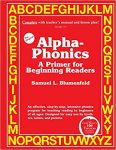 private and independent charter — and incorporated into Wisconsin Standards for Language Arts.
private and independent charter — and incorporated into Wisconsin Standards for Language Arts.
Wisconsin currently only requires students to master the ability to print all uppercase and lowercase letters by first grade. The recent proposal calls for students to write legibly in cursive by the end of fifth grade, measurable through standardized testing.
It’s more than just a nostalgia thing. There are practical reasons for knowing cursive —things like signing a check or legal documents because your signature is a bond. Studies have shown learning cursive improves hand-eye coordination, dexterity and requires a higher thought process that printing. And research by Pam Mueller of Princeton University and Daniel Oppenheimer of UCLA found that students who took notes in longhand remembered more — and had a deeper understanding of — the material than those who took notes on their laptops.
“We show that whereas taking more notes can be beneficial, laptop note-takers’ tendency to transcribe lectures verbatim rather than processing information and reframing it in their own words is detrimental to learning,” their 2014 report said.
Eighteen states — many of them in the South — now require cursive instruction. If Wisconsin is added to the list, it will affect districts large and small.
The Middleton-Cross Plains Area School District in south-central Wisconsin, for example, hasn’t provided cursive instruction since the start of the 2013-14 school year, said communication director Perry Hibner. Teachers in the district were told not to require cursive for any part of their instruction because students coming into their classrooms were no longer being taught the skill.
Sarah Zurawski often debated the topic with teachers and administrators who were on both sides of the cursive issue when she worked as a school-based occupational therapist. She now teaches a clinical doctorate program and conducts research through UW–Madison’s School of Education.
“From a purely clinical perspective I’ve worked with several students who struggled with manuscript writing (reversals, illegible letters, etc.) who seemed to do better with cursive 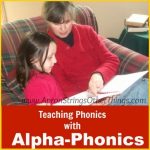 writing,” Zurawski said. “Many of the students I’ve worked with were highly motivated to learn cursive because it seemed almost like a rite of passage as a third grader.”
writing,” Zurawski said. “Many of the students I’ve worked with were highly motivated to learn cursive because it seemed almost like a rite of passage as a third grader.”
Teaching students to write effectively is a key component to their success, she said. If a child can’t write automatically (without a lot of conscious thought), their higher order writing skills (choosing and spelling words, constructing sentences and organizing a composition) suffer.
Calligrapher Sue McConnell of Whitefish Bay says parents approached the Mequon-Thiensville School District requesting their kids learn cursive. The solution was to offer a course she now teaches through the Mequon-Thiensville Recreation Department. In February, she begins a cursive class for grade-schoolers at the Whitefish Bay Recreation Department.
“I’ve had six boys in third through fifth grade in my first class, and the only one who knew how to write cursive had been home-schooled,” McConnell said.
Getting cursive back into schools is something the Cream City Calligraphers & Paper Arts Guild out of Milwaukee, of which McConnell is a member, has been pushing for, she said.
Genealogy researcher Mary Urban of Caledonia reads cursive documents every day in her  line of work, often in various forms of old world script. With today’s interest in learning ancestry, she says she can’t imagine how anyone would be able to read something as simple as a death certificate or church books without knowledge of cursive.
line of work, often in various forms of old world script. With today’s interest in learning ancestry, she says she can’t imagine how anyone would be able to read something as simple as a death certificate or church books without knowledge of cursive.
“Imagine not being able to read even your parents’ or grandparents’ letters or other papers that they wrote in cursive,” Urban said. ” A person’s cursive signature and writing is as unique as your finger prints and DNA.”
If a student’s knowledge and mind can be expanded with something as simple as writing, why not do it, Thiesfeldt said.
“I would be happy to help any school who says they don’t have time in their day for it, because beautiful handwriting is something kids can take pride in,” he said.
Contact Sharon Roznik at 920-907-7936 or sroznik [at] gannett [dot] com. Follow her on Facebook at facebook.com/reporterroz/

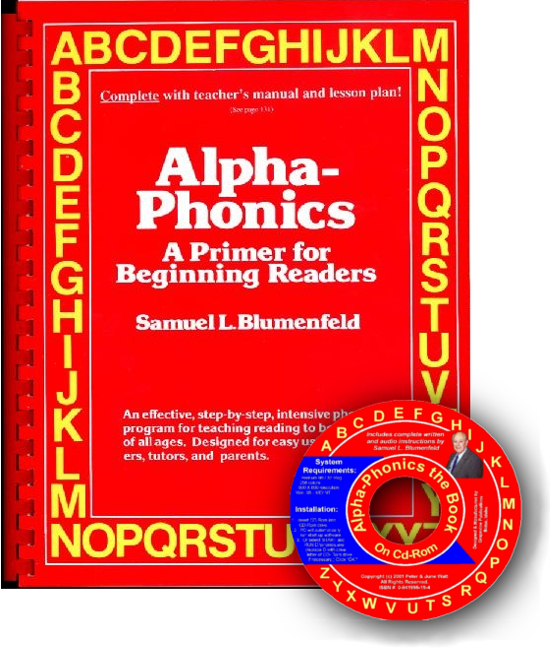 Alpha-Phonics
Alpha-Phonics The Alphabet Song!
The Alphabet Song! Water on the Floor
Water on the Floor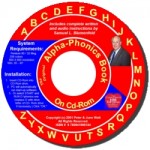 Alpha-Phonics the Book on CD Rom
Alpha-Phonics the Book on CD Rom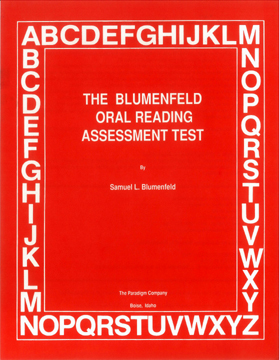 Blumenfeld Oral Reading Assessment Test
Blumenfeld Oral Reading Assessment Test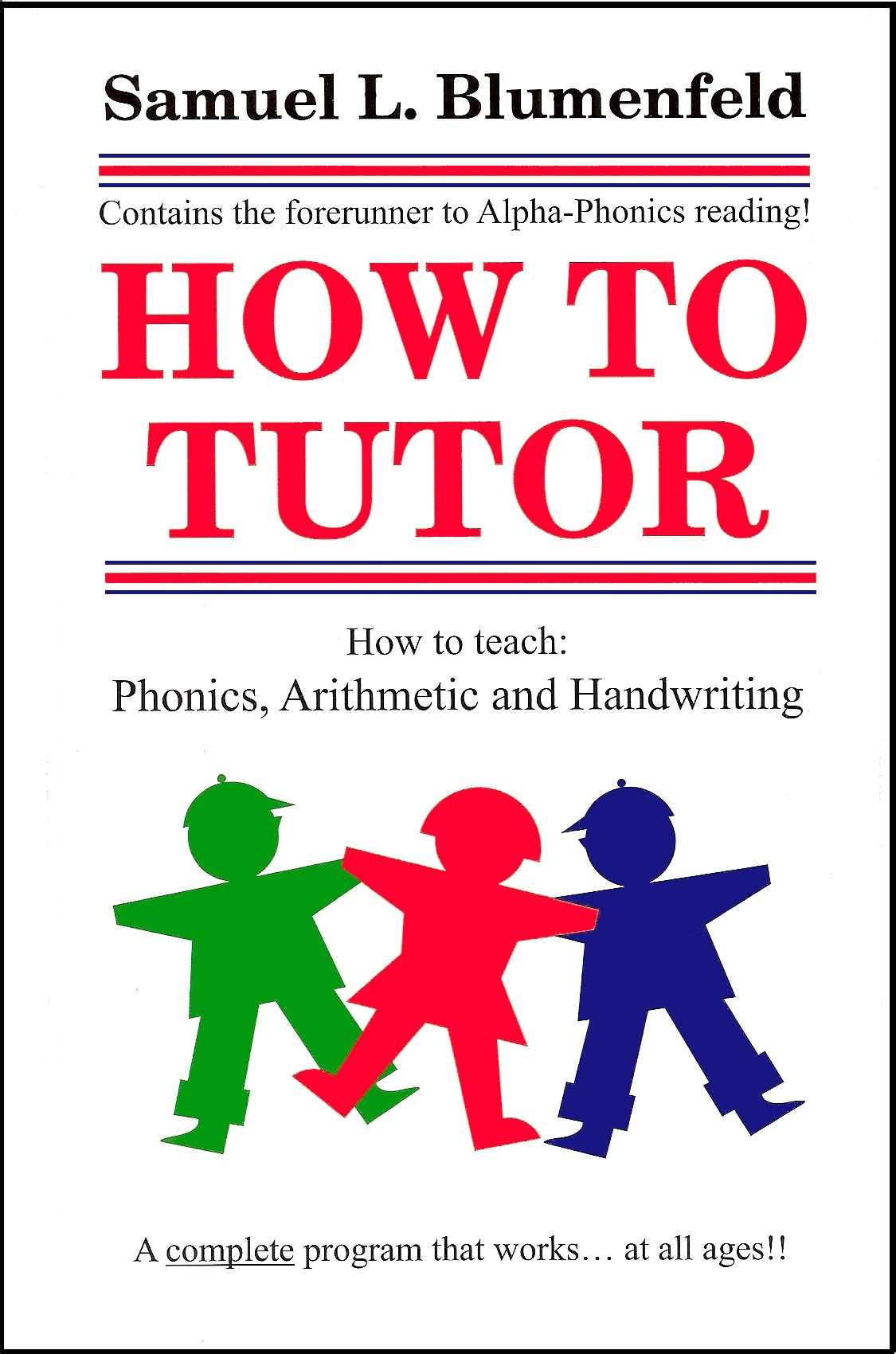 How To Tutor
How To Tutor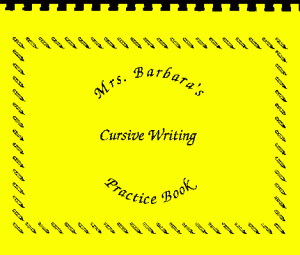 How To Tutor Cursive Handwriting Workbook
How To Tutor Cursive Handwriting Workbook